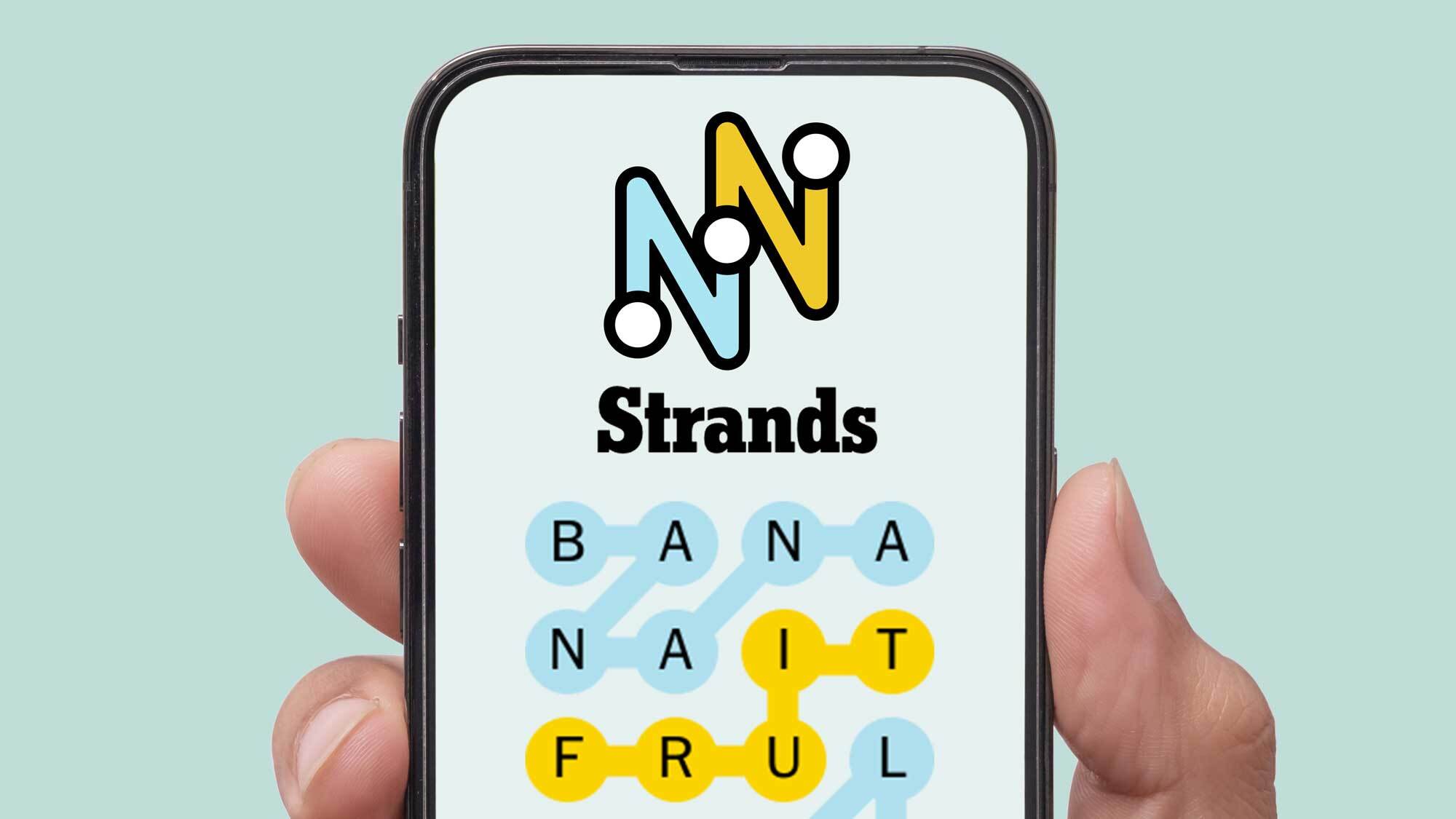Apple's likely to release lots of iPhones this year — which one should you plan to get?
iPhone SE 4 or iPhone 17? Here's how to pick
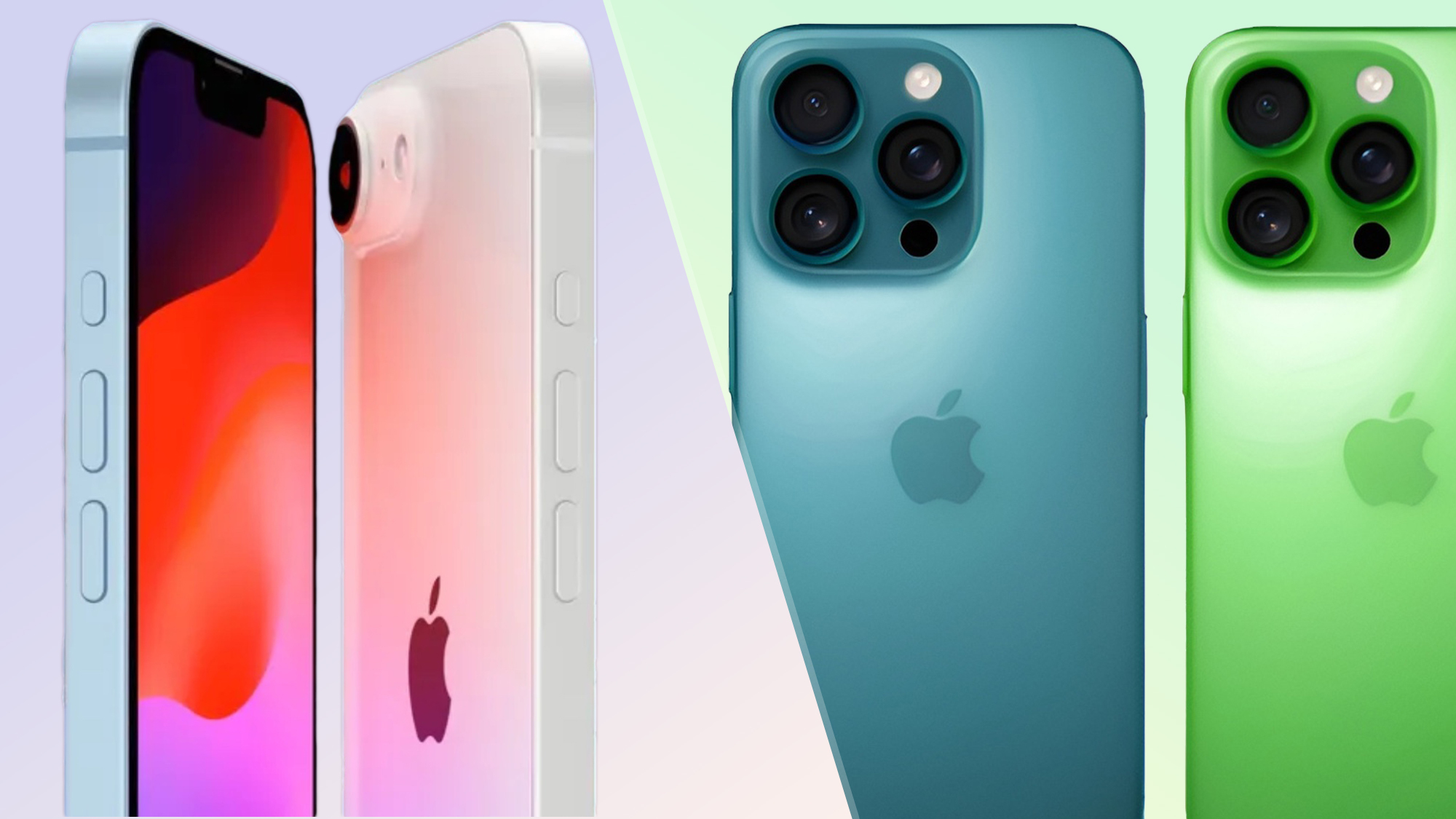
Let us suppose, for a moment, that you are looking to pick up a new iPhone this year. Let us also suppose that the current iPhone lineup following last fall's iPhone 16 launch simply doesn't do it for you. Maybe you were hoping for something more, maybe you're waiting for the Apple Intelligence roll out to get further along — the reason doesn't matter. You've looked at the best iPhones currently available and thought, "Nah, not for me," even as that current iPhone in your pocket is getting older and older.
Well, you are in luck, as this year, you should have multiple chances to pick out a new iPhone. Most of the time, new iPhones appear but once a year, usually in September when Apple shows off its latest flagship devices. And for 2025, the odds are very strong that history will repeat itself, with the new iPhone 17 lineup making its anticipated appearance in the fall.
But this year should also bring an iPhone launch much sooner than seven or eight months from now. Most people who follow Apple's comings and goings for a living are expecting to see an iPhone SE 2022 replacement in the spring. And based on the iPhone SE 4 rumors circulating about this device, it will not be business as usual for Apple's least expensive model.
That gives you plenty of options, should you be planning on that iPhone upgrade at any point this year. But it also poses an age-old dilemma for anyone looking to to get their hands on a new phone: Do you upgrade to the very first thing that comes along or do you hold out to see what a future device might bring?
Here's the arguments for putting all your eggs in the iPhone SE 4 basket or waiting to see what the iPhone 17 has to offer.
Why you should go for the iPhone SE 4
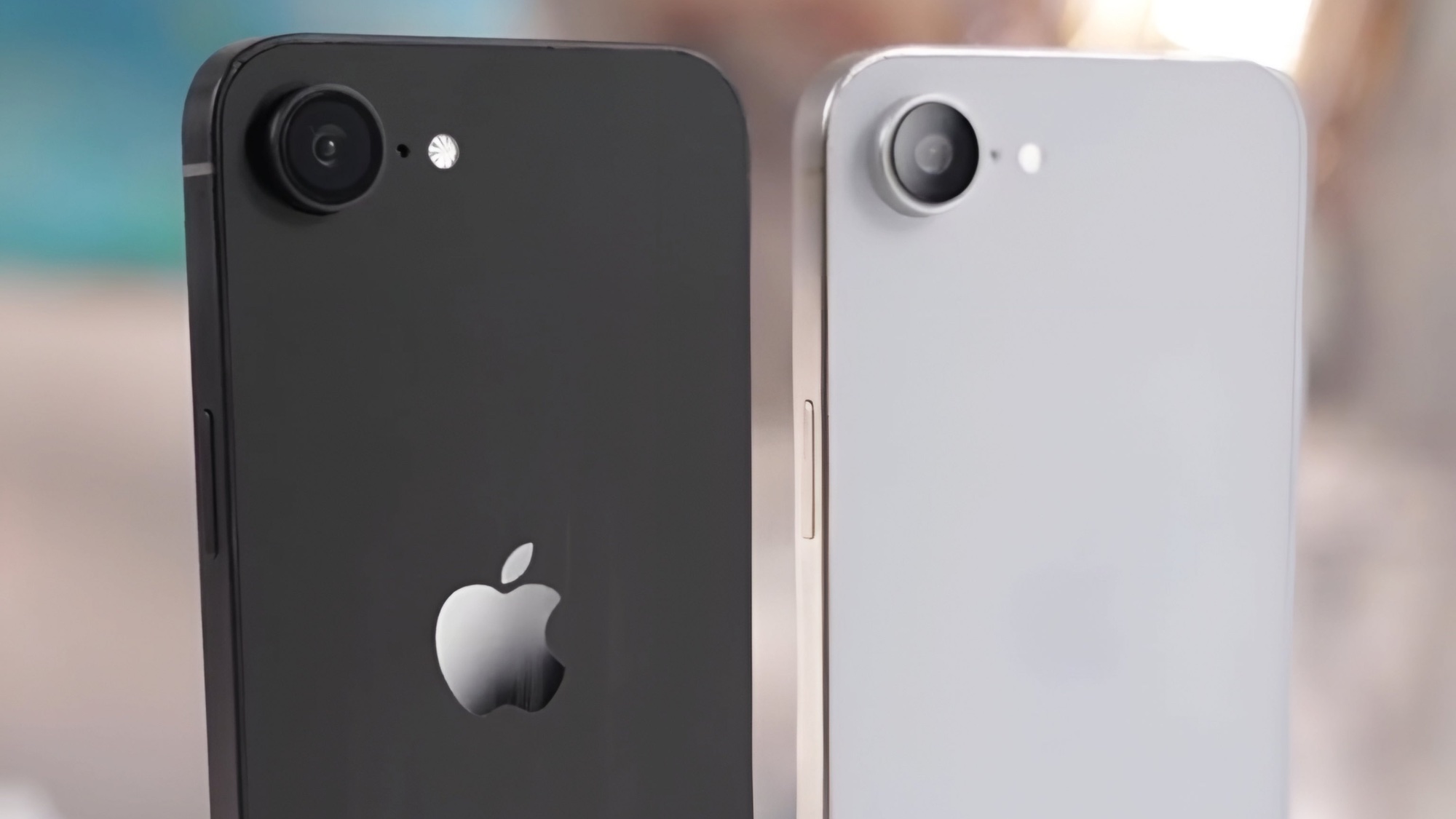
The current iPhone SE 2022 starts at $429, making it the cheapest iPhone you can buy for new right now by far. The next cheapest device in iPhone's lineup is the iPhone 14, which has been discounted to $599 two years after its initial release. (Of course, the iPhone SE is just about to turn three, so it's actually older than the iPhone 14.)
Because the iPhone SE has a dated design — it still looks like the iPhone 8 that Apple last sold in 2020, and it's got a 4.7-inch display at a time when most phones offer panels that are at least 6 inches — you can expect a new look for the updated phone. Well, "new" is relative here, as the iPhone SE 4 will apparently adopt the iPhone 14's edge-to-edge screen, complete with a notch in the display to house Face ID sensors and the front camera. That means goodbye to the Touch ID sensor on the front of the phone, but it also puts an end to iPhones with chunky bezels.
The new look isn't the main reason to consider the iPhone SE 4 as your next iPhone upgrade, though. Rather, it's the chipset Apple is likely to use.
Ever since the first iPhone SE model debuted in 2016, Apple has turned to the silicon featured in the previous fall's flagship phone release. As an example, the iPhone SE 2022 features an A15 Bionic processor that debuted in 2021's iPhone 13 lineup.
Should Apple stick to that pattern with the iPhone SE 4, that would mean using the A18 system-on-chip featured in the standard iPhone 16. And that raises an interesting possibility for what the iPhone SE 4 will be able to do.
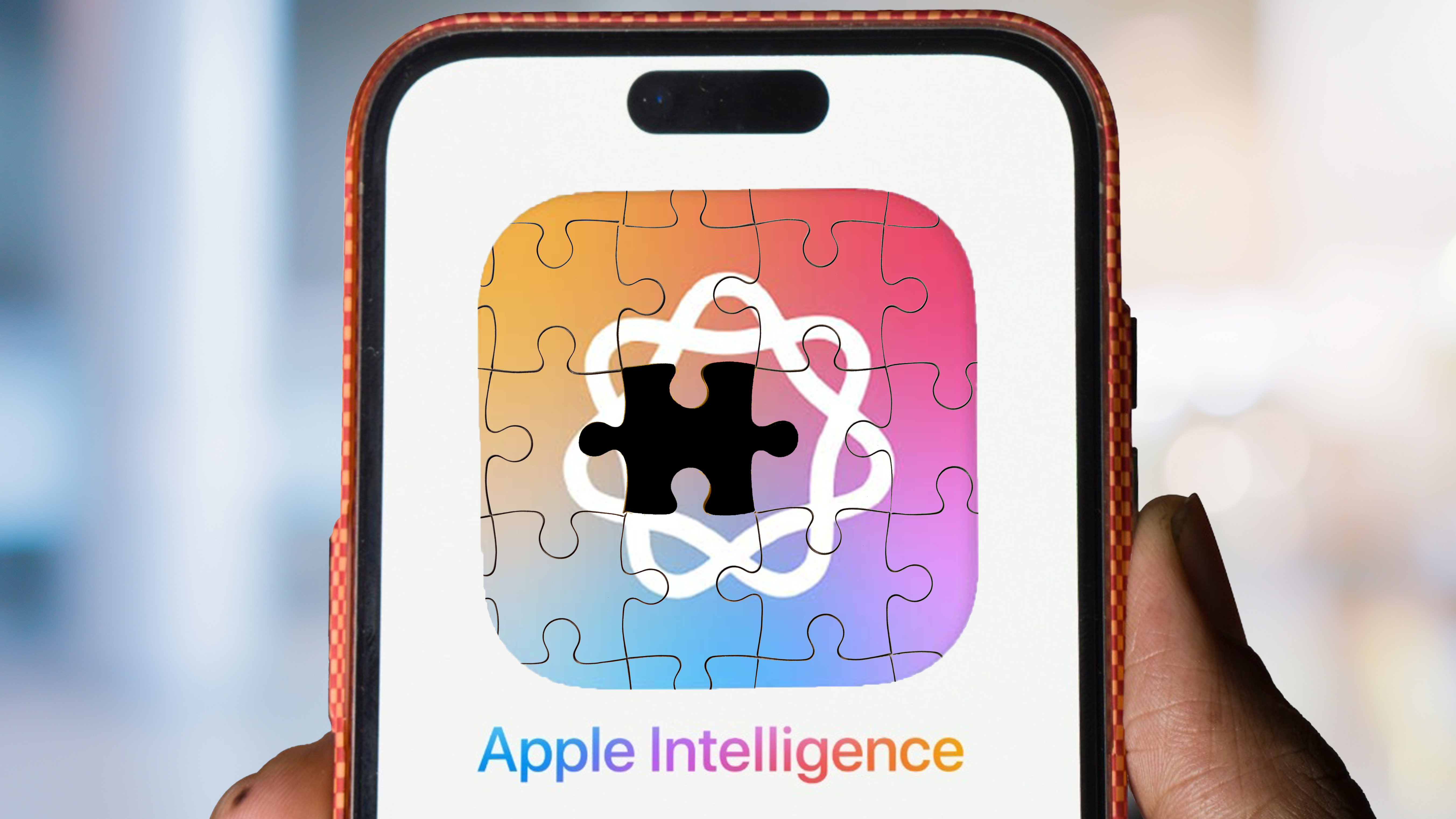
Specifically, an A18 chipset is powerful enough to support Apple Intelligence features. Should Apple enable those on the iPhone SE 4 — and the consensus seems to be that it will — you'll be able to get your hands on Apple's suite of AI tools that costs hundreds of dollars less than Apple's current flagships. That's even assuming a price hike for the iPhone SE 4 from the current $429 cost, as most people expect the new model to come in for around $499.
There will still be some limitations to the iPhone SE 4. The new model is likely to stick with one rear camera, and while it may feature an Action button, a Camera Control button like the one on the iPhone 16 seems less likely. We'd also be surprised if the new phone supported wireless charging.
However, if the only thing holding you back from Apple Intelligence is the high cost of Apple hardware, an A18-powered iPhone SE 4 figures to remove that obstacle. Apple is even apparently thinking about renaming the new model the iPhone 16E just to give you an idea of how closely aligned with the iPhone 16 lineup it could be.
Why you should wait for the iPhone 17
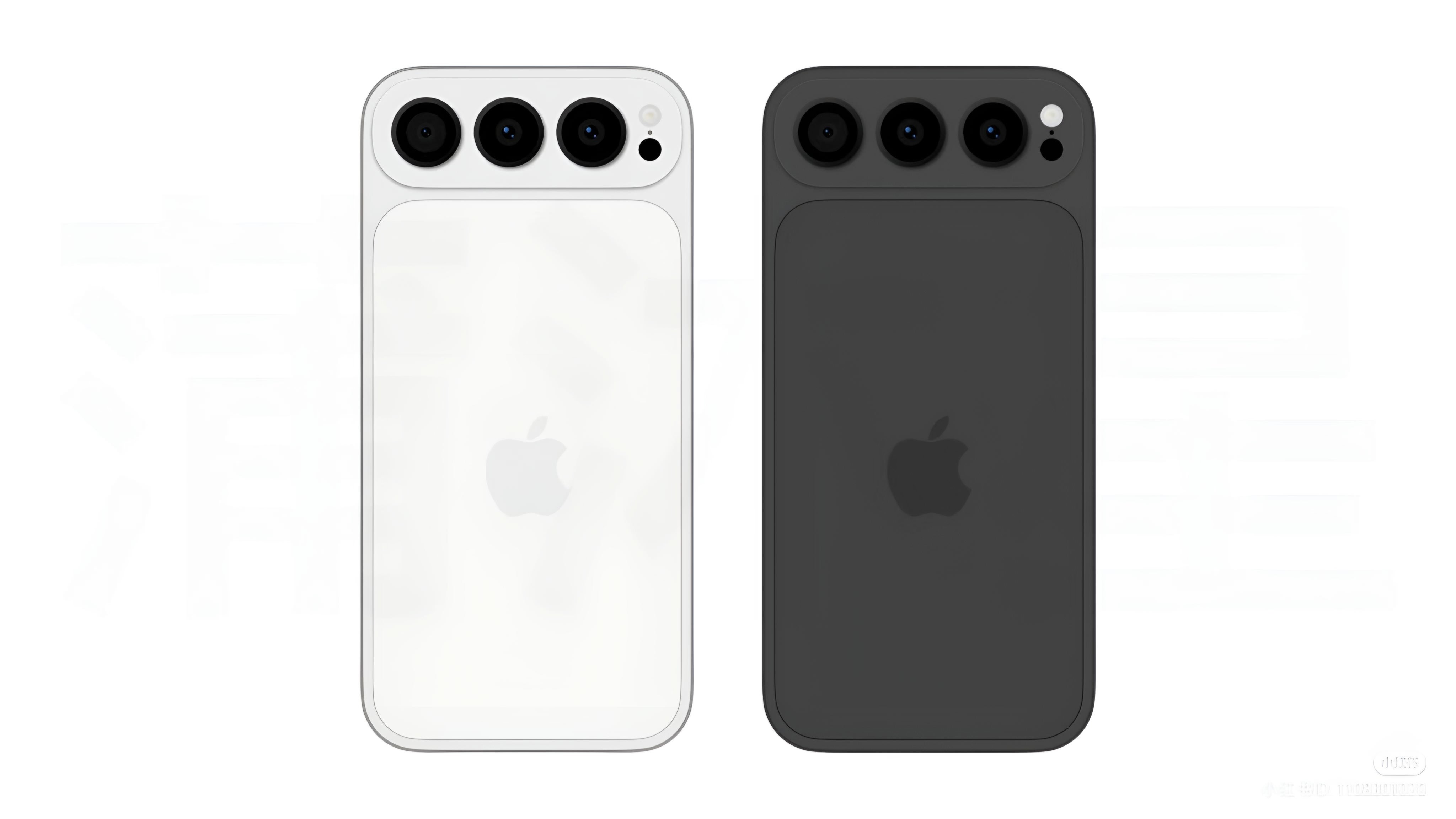
Good things come to those who wait. And that's almost certainly true if you can hold off on new phone purchases, as the next round of updates usually brings a whole new set of improvements.
In the case of the iPhone 17, it's hard to dive into specifics at the moment, as the really meaty rumors won't begin to take shape until later in the year. For now, you can expect the usual spate of annual improvements like a new A19 chipset to power the phone. Every iPhone model is expected to get an upgraded front camera in the fall, while the iPhone 17 Pro models could also get a better telephoto lens. (Then again, if you've got the means to splash some cash on a Pro model, chances are an upgraded iPhone SE isn't going to pose that much of a temptation for you.)
The most likely change coming to the basic iPhone is a fast-refreshing display, a long-awaited improvement that other phone makers have long since added to their flagship devices. This will make graphics look smoother for certain games while improving scrolling on the iPhone 17. It's also a feature the iPhone SE 4 is unlikely to adopt.
The biggest reason to hold out until the fall is the flexibility the iPhone flagships afford you. I'm not just talking about the extra rear cameras, though having ultrawide and telephoto capabilities at your disposal gives you a lot more options for capturing shots that a single-lens iPhone SE won't be able to match. Instead, I'm talking about the array of different models that make up Apple's flagship lineup.
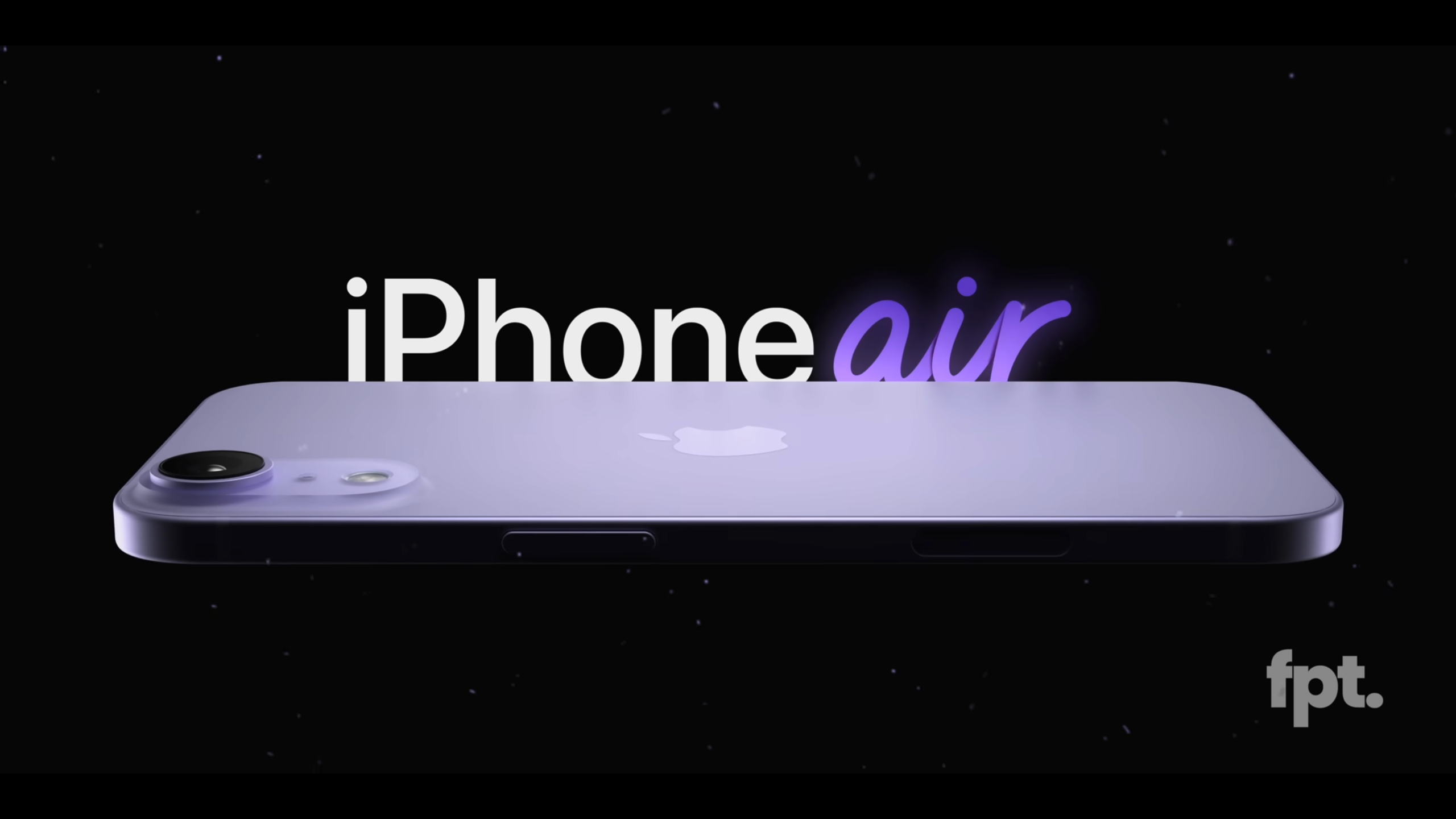
There should be the usual iPhone 17 Pro and iPhone 17 Pro Max for people who want the top features in their next phone. We're also going to get a standard iPhone 17, too. But the Plus model in Apple's current lineup is likely a goner, with Apple apparently readying a potential replacement in the form of the iPhone 17 Air.
Little is known about the feature set for the iPhone 17 Air, other than it's supposed to be the thinnest phone Apple's ever made. It could be so thin, in fact, that it will be limited to a single camera lens, not unlike the iPhone SE. But the Air could cost more than the SE, though no one quite agrees how much more. Some rumors claim it would rival the iPhone 17 Pro Max in terms of cost, though it would have to incorporate more features than just thinness to justify that expense.
iPhone SE 4 or iPhone 17: Which will it be?
With the caveat that no recommendations should be considered concrete until phones actually materialize, I'd steer people who are interested in getting their hands on Apple Intelligence features but don't want to pay top dollar for the privilege to set aside money for the iPhone SE 4 launch expected in the spring. My one warning would be that people who really prize camera performance should wait to see what improvements Apple makes to the SE's camera. It's likely to be a single lens again, but if Apple upgrades the sensor to 48MP that means it might be able to approximate a 2x optical zoom by cropping in on shots. That's not a bad trade-off to make.
If you're the least bit intrigued by the iPhone 17 Air or you want an iPhone that has a fast-refreshing display, sit out the iPhone SE 4 launch and wait for the new flagships to arrive in the fall. Even if they don't pass muster then, you could still turn to the iPhone SE 4 and still pay less for your next iPhone.
Even if you're still not set on which iPhone to plan for, don't fret — we're likely to hear more details about every model ahead of their launch. And the nice thing about having so many iPhones looking like they're going to launch this year is that you won't have to feel like you're facing a lack of choices.
More from Tom's Guide
Sign up to get the BEST of Tom's Guide direct to your inbox.
Get instant access to breaking news, the hottest reviews, great deals and helpful tips.
Philip Michaels is a Managing Editor at Tom's Guide. He's been covering personal technology since 1999 and was in the building when Steve Jobs showed off the iPhone for the first time. He's been evaluating smartphones since that first iPhone debuted in 2007, and he's been following phone carriers and smartphone plans since 2015. He has strong opinions about Apple, the Oakland Athletics, old movies and proper butchery techniques. Follow him at @PhilipMichaels.

